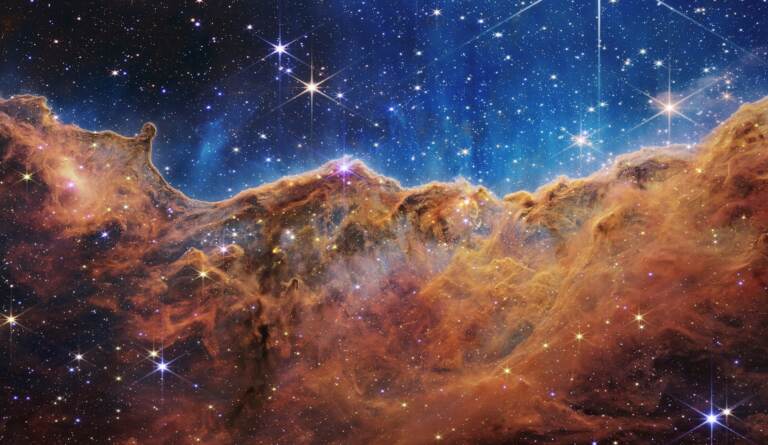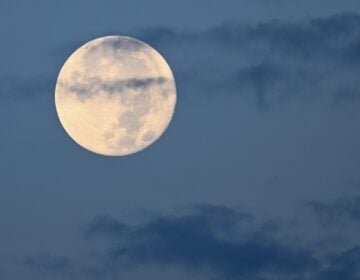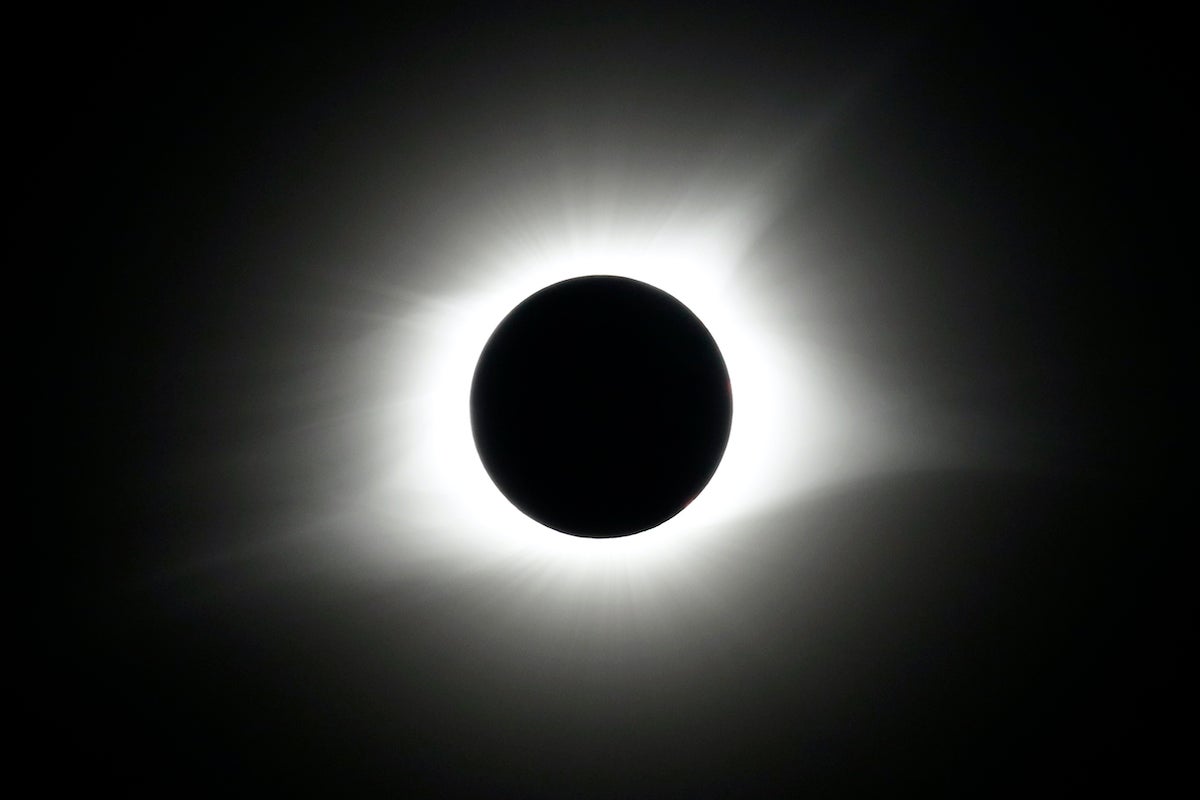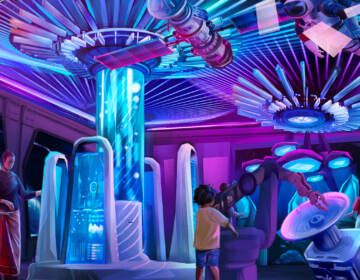The Webb Telescope and the mysteries of the universe
The Webb Telescope is allowing us to look back further into our past than ever before and revealing distant galaxies. exoplanets, cosmic cliffs, dying stars and much more.
Listen 49:00
What looks much like craggy mountains on a moonlit evening is actually the edge of a nearby, young, star-forming region NGC 3324 in the Carina Nebula. Captured in infrared light by the Near-Infrared Camera (NIRCam) on NASA's James Webb Space Telescope, this image reveals previously obscured areas of star birth. (NASA, ESA, CSA, STScI)
Spectacular images from the James Webb Space Telescope were shared by NASA early this week. You’ve likely seen them – the color images of Carina Nebula’s cosmic cliffs, a gassy dying star and younger star in the Southern Ring nebula, five glittering galaxies making up the Stephan’s Quintet, and distant galaxy clusters with light 13.1 billion years old. These awe-inspiring pictures are hard for many of us to comprehend, so we’ve turned to two astronomers to help explain them, and the cosmic questions the Webb telescope maybe able to answer – like, how old is our universe? How are stars and galaxies formed? And, is there life out there?
Guests
Allison Strom, an assistant professor at Northwestern University in the Department of Physics and Astronomy. Her team will get observations from JWST in the next few weeks. @allison_strom
Eric Jensen, professor of astronomy at Swarthmore College. @elnjensen
WHYY is your source for fact-based, in-depth journalism and information. As a nonprofit organization, we rely on financial support from readers like you. Please give today.





